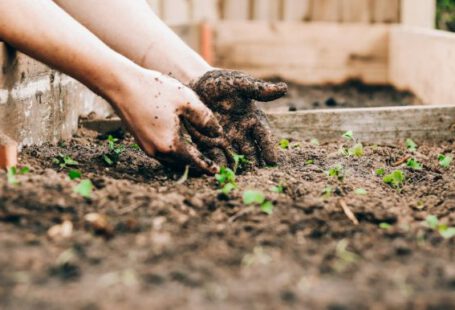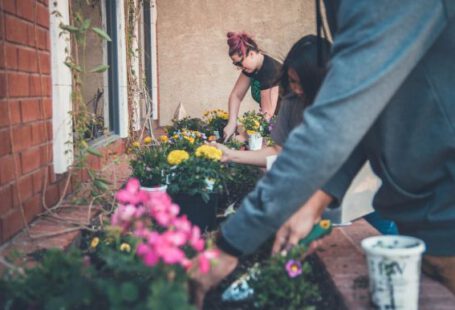Soil compaction is a common problem that many gardeners and farmers face. It occurs when the soil becomes densely packed, making it difficult for plants to grow and thrive. In this article, we will explore how to recognize and treat soil compaction, allowing you to maintain healthy and productive soil in your garden or farm.
Recognizing Soil Compaction
The first step in treating soil compaction is to recognize its presence. There are several signs that can indicate compacted soil:
1. Poor drainage: If water puddles on the surface of your soil or takes a long time to drain, it may be a sign of compaction. Compacted soil has reduced pore space, preventing water from infiltrating properly.
2. Reduced plant growth: Plants struggling to grow or producing stunted and weak growth can be a result of compacted soil. The roots of plants have difficulty penetrating the soil, leading to nutrient deficiencies and restricted growth.
3. Increased runoff: When water runs off the soil surface instead of being absorbed, it can be a sign of compaction. Compacted soil cannot hold as much water, leading to increased runoff and erosion.
4. Hard soil surface: If the top layer of your soil feels hard and compacted, it is likely that the soil beneath is also compacted. This can be easily tested by trying to insert a garden tool or your finger into the soil.
Treating Soil Compaction
Once you have recognized soil compaction, it is essential to take steps to treat it. Here are some effective methods to alleviate soil compaction:
1. Aeration: Aerating the soil is a common technique used to relieve compaction. This involves creating small holes in the soil to allow air, water, and nutrients to penetrate. You can use a garden fork or a mechanical aerator to achieve this.
2. Organic matter: Adding organic matter, such as compost or well-rotted manure, can help improve soil structure and alleviate compaction. Organic matter increases the soil’s ability to hold moisture and nutrients while promoting the growth of beneficial soil organisms.
3. Avoid excessive tillage: Over-tilling the soil can lead to compaction in the long run. It is best to minimize tillage and adopt practices like no-till or reduced tillage systems. These methods help maintain soil structure and prevent further compaction.
4. Cover crops: Planting cover crops like clover or rye during the off-season can help improve soil structure and reduce compaction. Their extensive root systems break up compacted soil, creating channels for air and moisture to reach deeper layers.
5. Mulching: Applying a layer of organic mulch on the soil surface can help prevent compaction caused by heavy rainfall or foot traffic. Mulch acts as a protective barrier, reducing the impact of external forces and preserving soil structure.
6. Rotate crops: Practicing crop rotation can help prevent compaction caused by the repeated planting of the same crop in the same area. Different crops have different root structures, which can help break up compacted soil and improve overall soil health.
Conclusion
Recognizing and treating soil compaction is crucial for maintaining healthy soil and ensuring optimal plant growth. By being aware of the signs of compaction and implementing appropriate measures like aeration, adding organic matter, and practicing good soil management techniques, you can effectively address this common problem. Remember, healthy soil is the foundation for a thriving garden or farm, so take the necessary steps to keep it in excellent condition.





